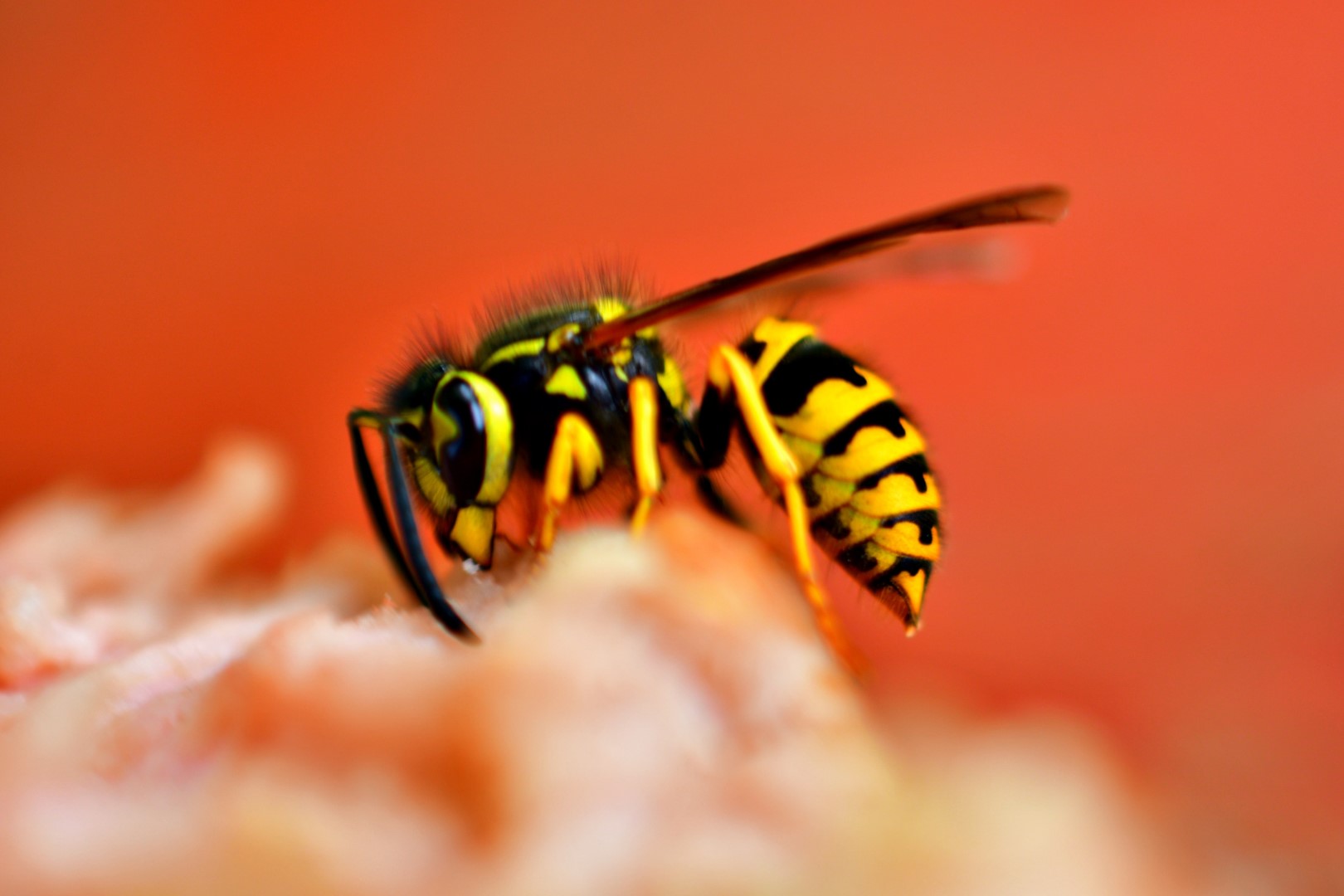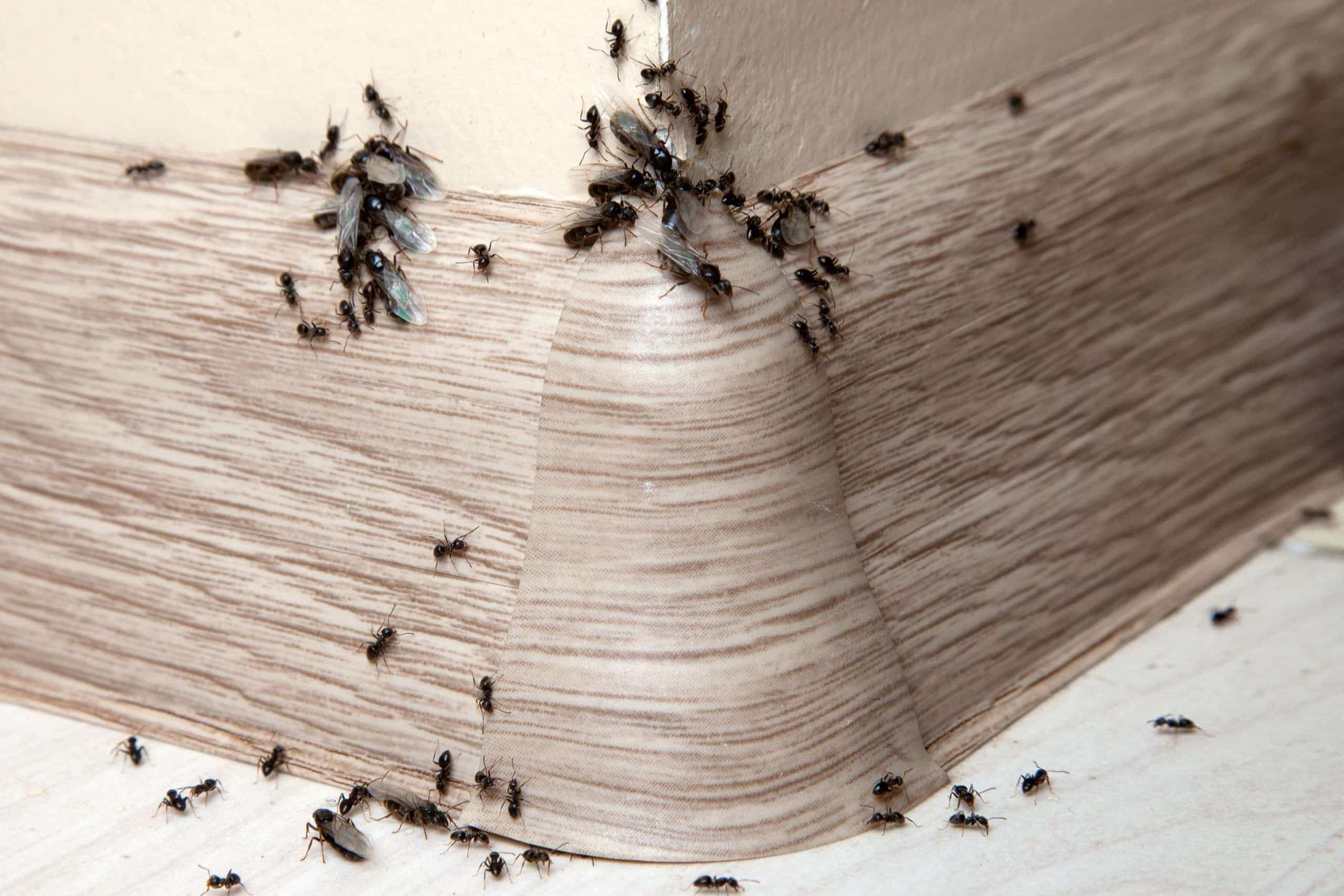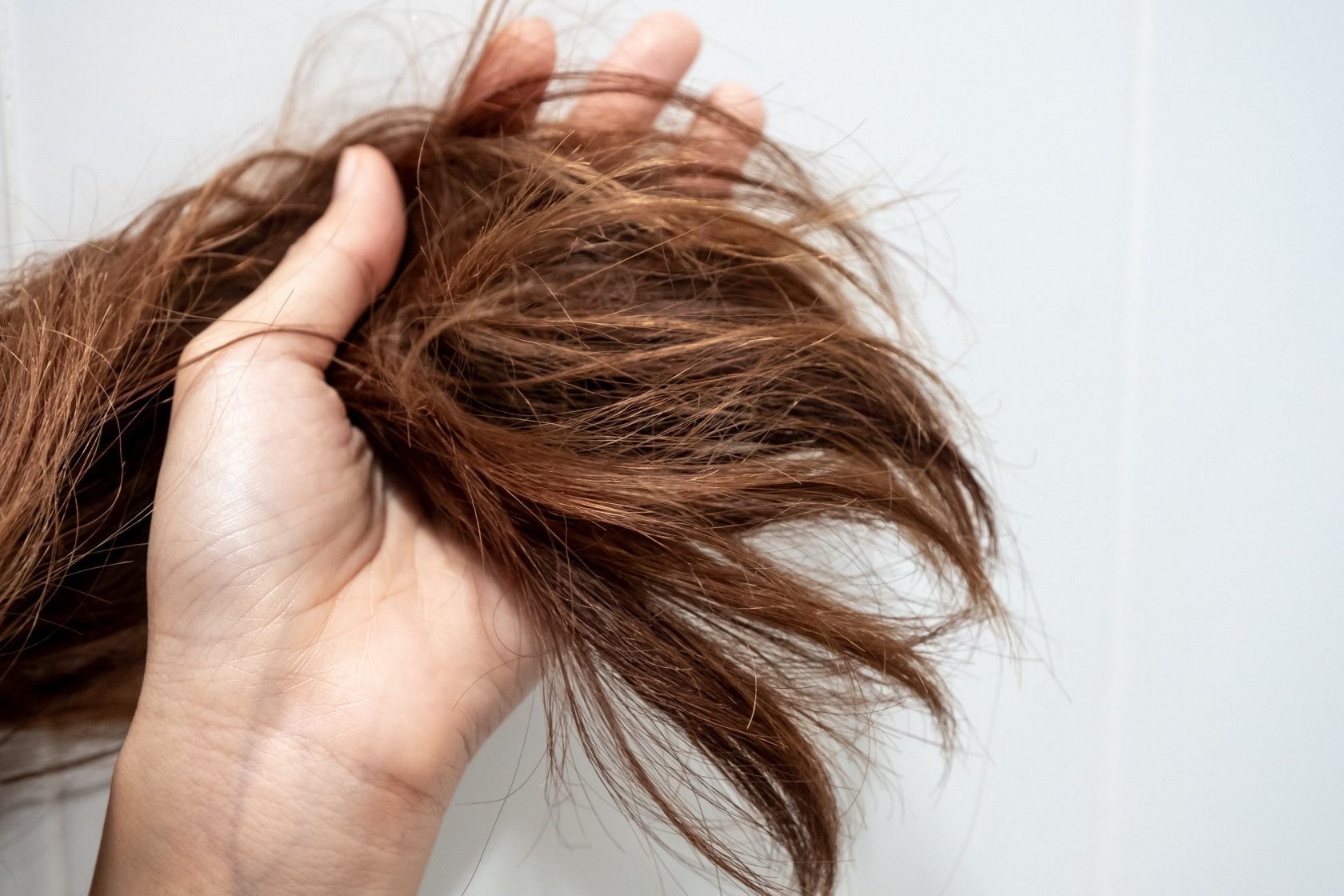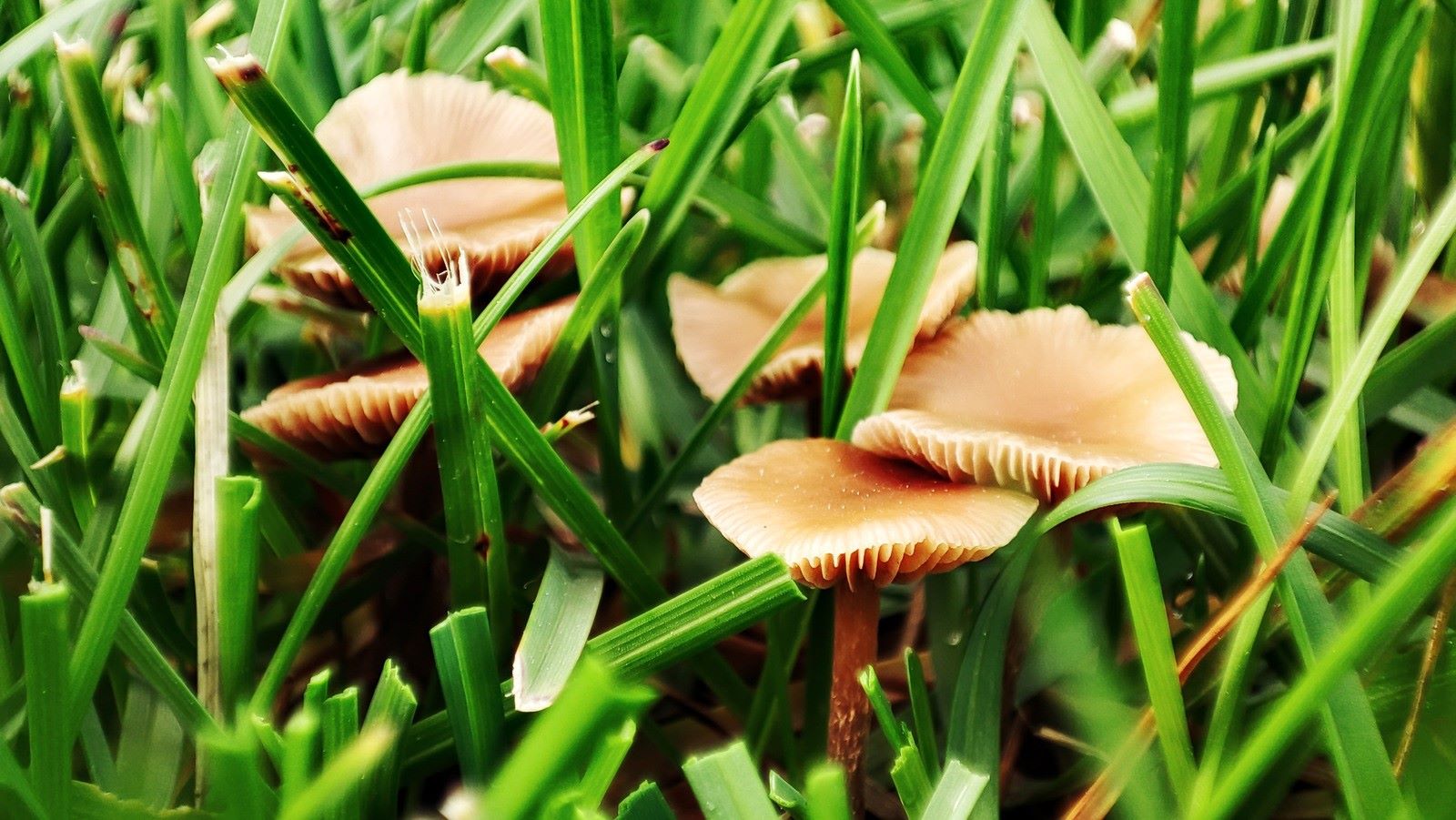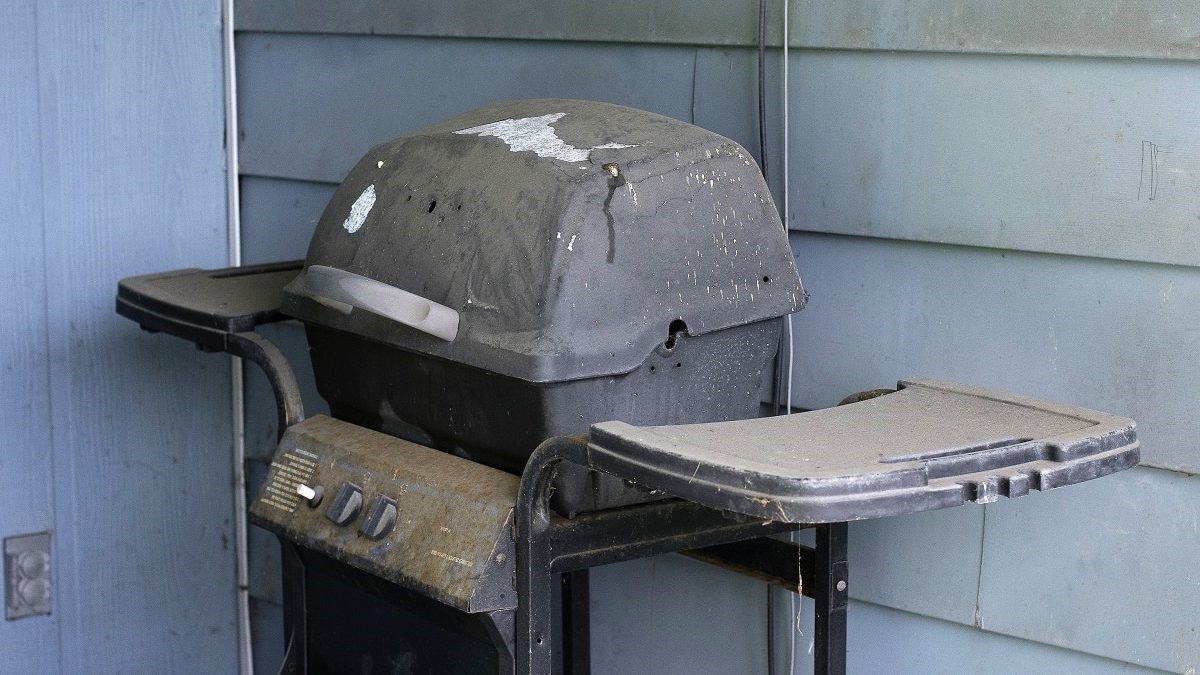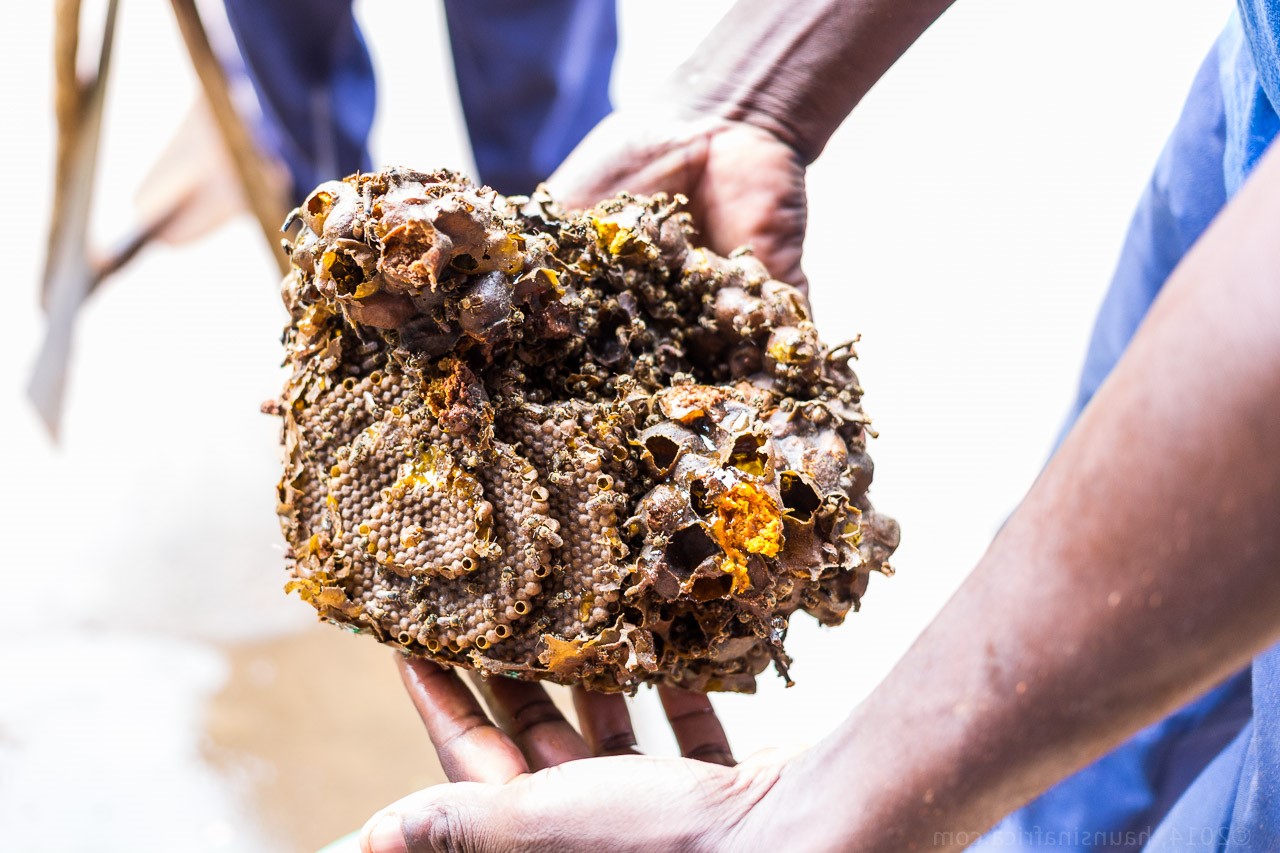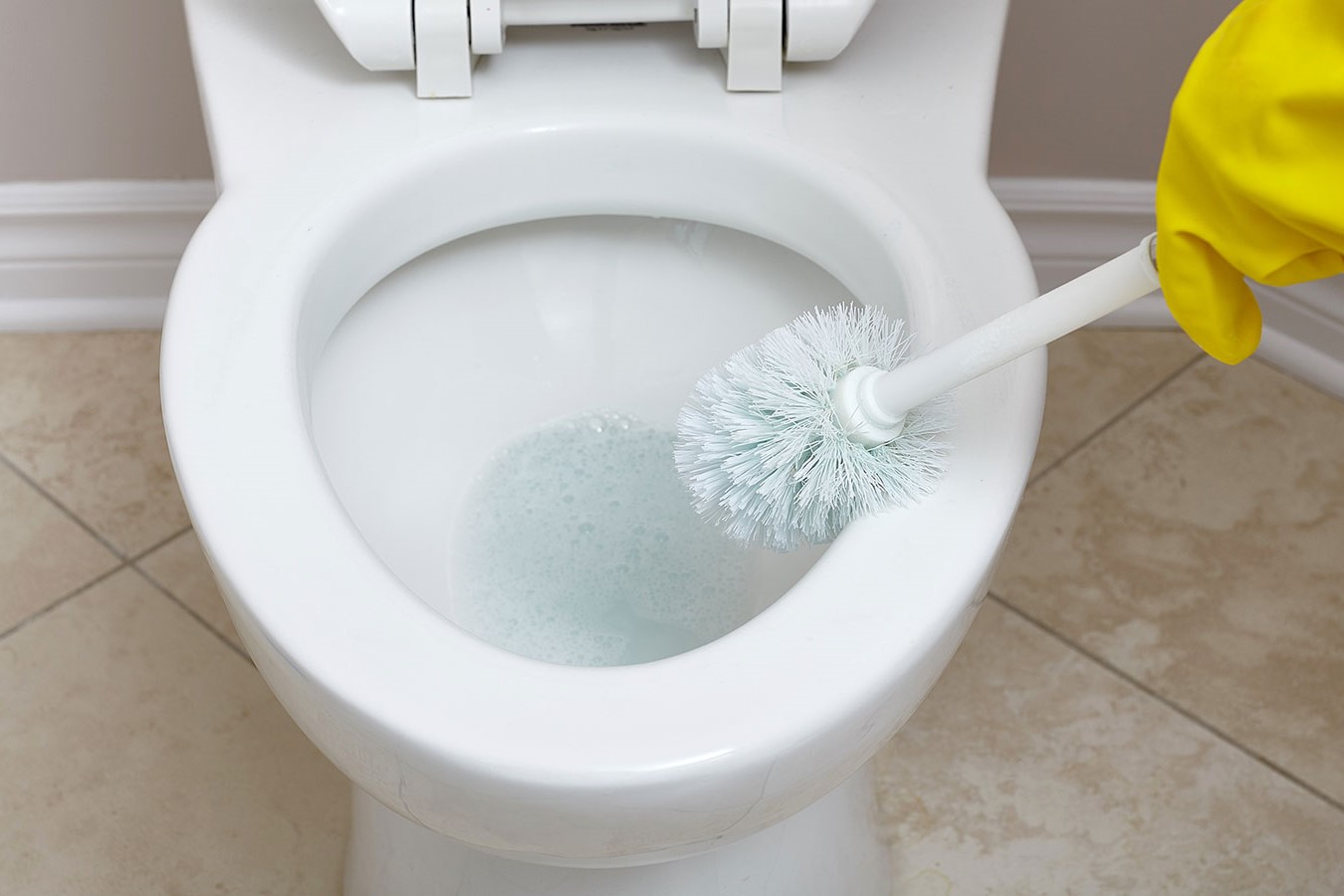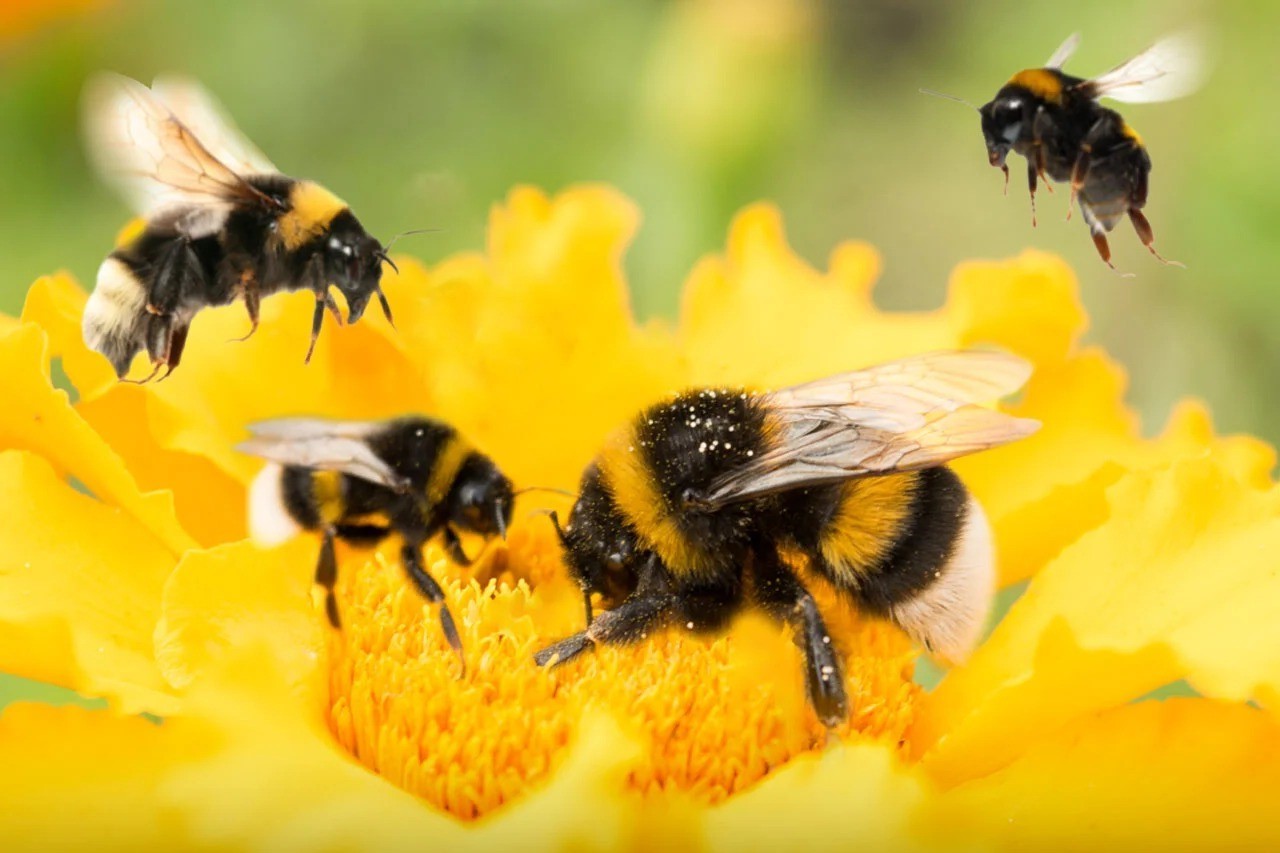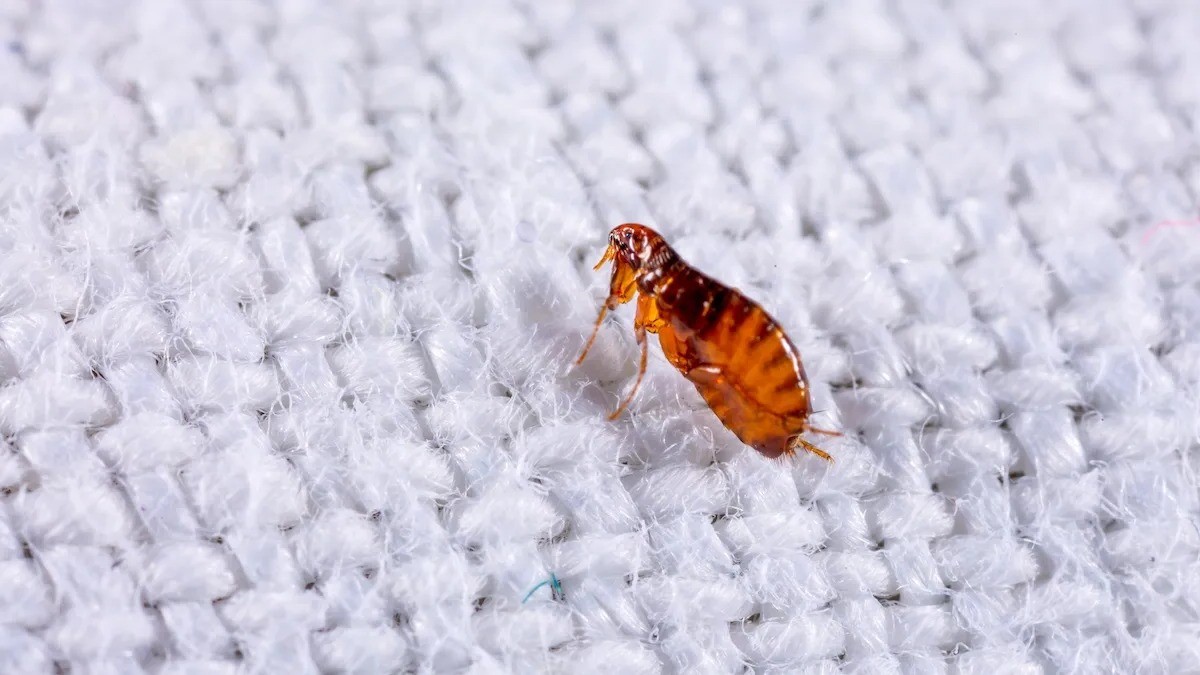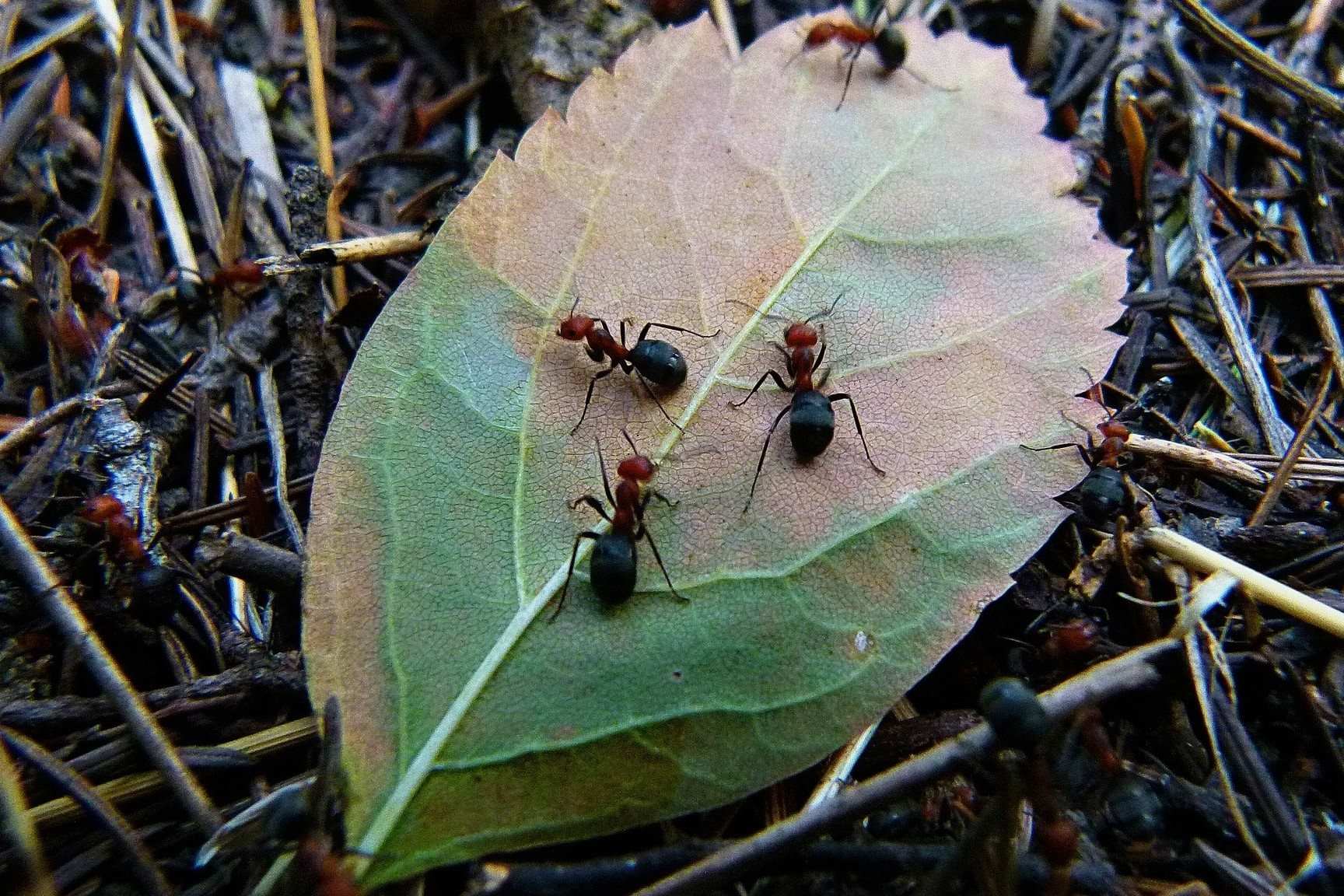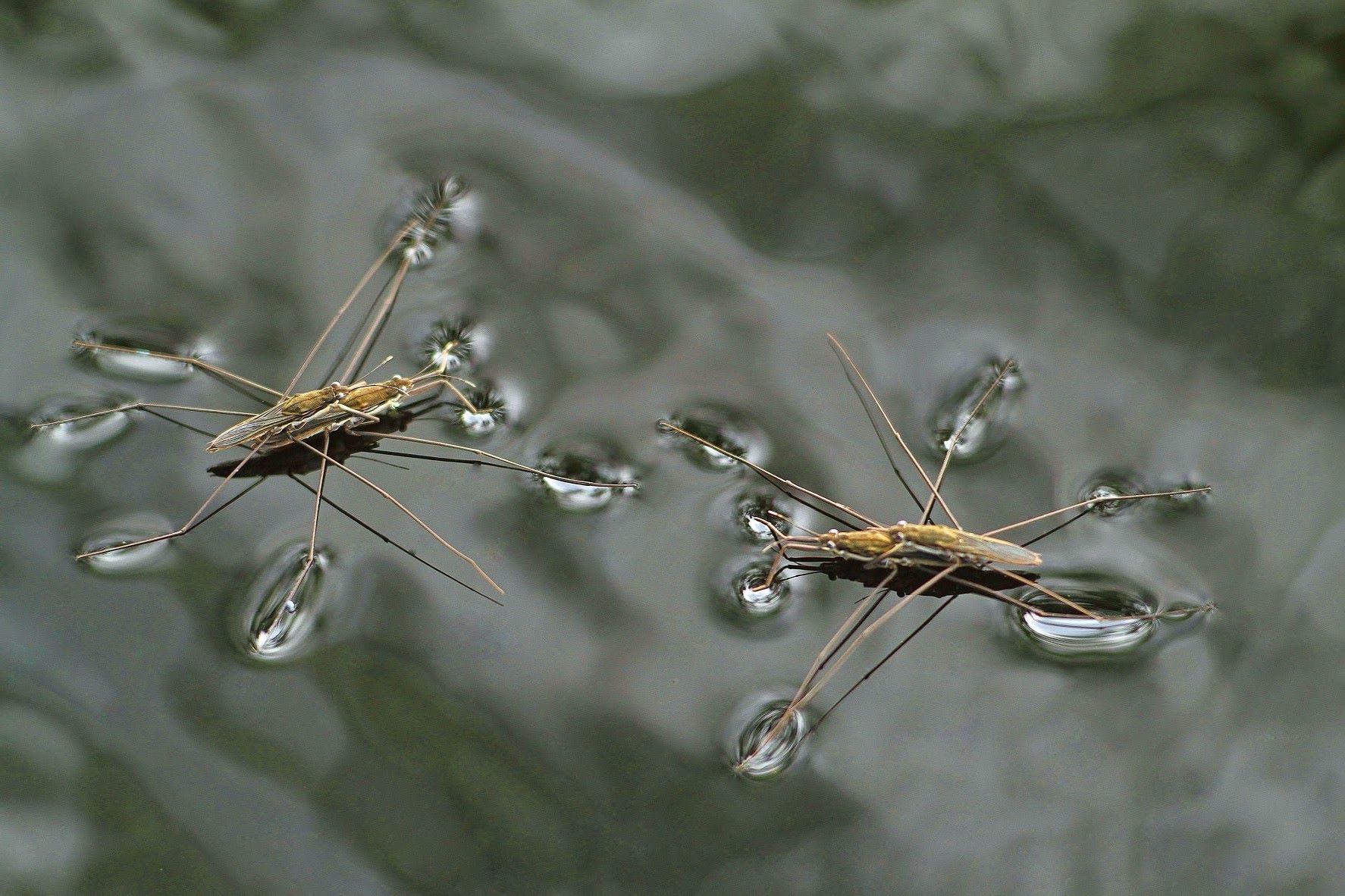Home>Home and Garden>How To Get Rid Of Virginia Creeper Without Using Herbicides
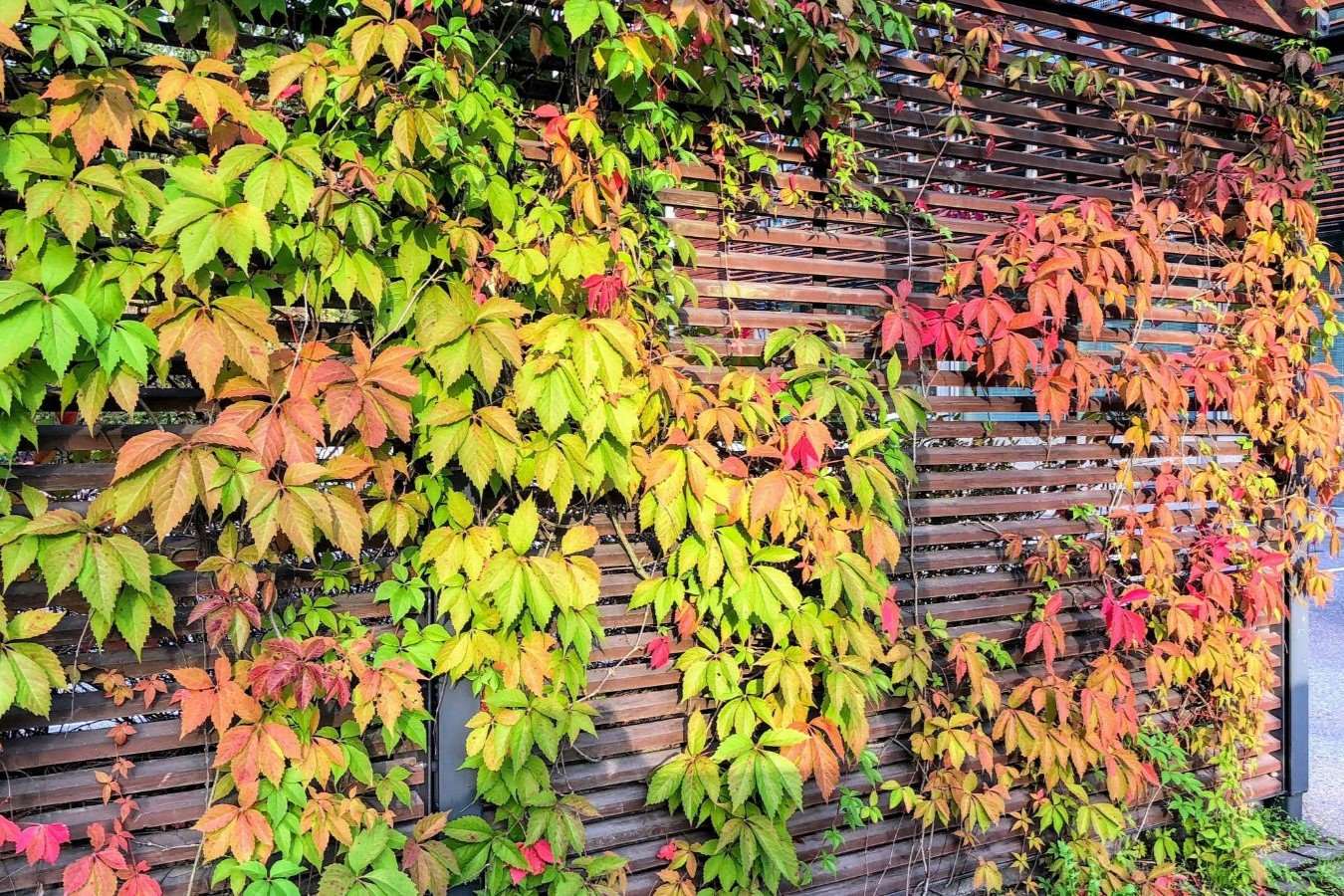

Home and Garden
How To Get Rid Of Virginia Creeper Without Using Herbicides
Published: January 17, 2024
Learn effective and eco-friendly methods for removing Virginia creeper from your home and garden without the use of herbicides. Get expert tips and advice.
(Many of the links in this article redirect to a specific reviewed product. Your purchase of these products through affiliate links helps to generate commission for Noodls.com, at no extra cost. Learn more)
Table of Contents
Introduction
Virginia creeper, scientifically known as Parthenocissus quinquefolia, is a vigorous, fast-growing vine that can add a touch of natural beauty to any outdoor space. However, if left unmanaged, this plant can quickly become invasive, covering fences, trees, and buildings with its dense foliage. While some may appreciate its lush green leaves that turn a brilliant red in the fall, others may find it encroaching upon their property and requiring removal.
In this article, we will explore effective methods for eliminating Virginia creeper without resorting to herbicides. Whether you're dealing with a small patch of Virginia creeper in your garden or a larger infestation, there are eco-friendly approaches that can help you regain control of your outdoor space without harming the environment.
By understanding the nature of Virginia creeper and employing manual removal, smothering, cutting and pruning, and natural remedies, you can effectively manage and eliminate this persistent plant. These methods not only offer a sustainable approach to tackling the issue but also ensure that the surrounding flora and fauna remain unharmed.
So, if you're ready to take back your garden and restore balance to your outdoor environment, let's delve into the various strategies for getting rid of Virginia creeper without the use of herbicides.
Read more: How To Get Rid Of Sugar Ants
Understanding Virginia Creeper
Virginia creeper, also known as Parthenocissus quinquefolia, is a deciduous vine native to eastern and central North America. It is a member of the grape family, Vitaceae, and is often mistaken for poison ivy due to its similar leaf structure. However, unlike poison ivy, Virginia creeper is not toxic to the touch, making it less of a concern for those who come into contact with it.
This resilient vine is characterized by its palmate leaves, each consisting of five leaflets, hence the species name "quinquefolia," which means "five-leaved." The leaves are typically green, turning a vibrant red in the fall, adding a stunning visual display to the landscape. Virginia creeper produces small, inconspicuous green flowers in the spring, which later give way to dark blue or black berries that are a valuable food source for birds.
Virginia creeper is a vigorous grower, capable of climbing and spreading rapidly using its adhesive pads, which allow it to cling to surfaces such as walls, fences, and trees. While it can serve as an attractive ground cover or a climber for arbors and trellises, its aggressive nature can quickly turn it into a nuisance, especially when it begins to encroach upon other plants and structures.
Understanding the growth habits and characteristics of Virginia creeper is crucial when devising a strategy for its removal. By gaining insight into its growth patterns, propagation methods, and resilience, you can effectively tailor your approach to manage and eliminate this persistent vine from your outdoor space.
Manual Removal
Manual removal is a fundamental and effective method for tackling Virginia creeper infestations, especially in smaller areas or where the vine is entwined with delicate plants. This approach involves physically uprooting or pulling the vine from the ground or structures where it has taken hold. While manual removal can be labor-intensive, it offers a direct and immediate way to address the presence of Virginia creeper without resorting to chemical solutions.
To begin the manual removal process, it's essential to wear protective gloves and long sleeves to shield your skin from potential irritation caused by the vine's sap and rough surface. Using a pair of sturdy pruning shears or loppers, carefully cut the vine at its base near the ground. By severing the main stem, you can prevent the vine from drawing nutrients and water from the soil, weakening its ability to regrow and spread.
Once the main stem is cut, gently unwind the remaining vines from any supporting structures, such as fences, walls, or trees. Take care to avoid damaging the surfaces to which the creeper has adhered. As you remove the vine, collect the cuttings and place them in a sturdy garbage bag or container for disposal. Properly disposing of the removed plant material is crucial to prevent any potential re-sprouting or regrowth.
After the visible vines have been removed, it's essential to address any remaining roots in the soil. Using a garden trowel or shovel, carefully dig around the base of the plant to unearth the root system. As you extract the roots, be thorough in removing as much of the underground network as possible, as even small root fragments left in the soil can potentially give rise to new growth.
Manual removal may need to be repeated over time, as Virginia creeper is resilient and can regrow from any overlooked roots or fragments. Regular monitoring and follow-up manual removal sessions are essential to ensure that the vine is completely eradicated from the area. By diligently employing this method, you can effectively manage and eliminate Virginia creeper without relying on herbicides, contributing to a healthier and more sustainable outdoor environment.
Smothering
Smothering is a non-chemical approach that effectively suppresses the growth of Virginia creeper by depriving it of essential sunlight and airflow. This method is particularly useful in areas where manual removal may be challenging, such as densely vegetated spaces or along the base of structures where the vine has firmly established itself. By utilizing natural materials and strategic techniques, smothering presents a sustainable and eco-friendly solution for controlling and eliminating Virginia creeper infestations.
To initiate the smothering process, begin by clearing the area around the base of the Virginia creeper vine, removing any debris, rocks, or other obstacles that may impede the application of smothering materials. Once the area is prepared, lay down a thick layer of organic mulch, such as wood chips, straw, or shredded bark, directly over the vine and its surrounding growth. The mulch layer should be at least 4 to 6 inches deep to effectively block sunlight and prevent the vine from accessing the resources it needs to thrive.
In addition to mulch, incorporating a layer of cardboard or several sheets of overlapping newspaper can further enhance the smothering effect. These materials serve as a barrier, effectively blocking light and air from reaching the Virginia creeper while also decomposing over time to enrich the soil. When applying cardboard or newspaper, ensure that the entire area is thoroughly covered, extending beyond the perimeter of the vine to prevent any potential regrowth from peripheral roots or fragments.
After the mulch and barrier materials have been applied, it's essential to secure them in place to prevent displacement by wind or rain. This can be achieved by placing rocks, bricks, or biodegradable stakes along the edges of the smothering materials, anchoring them firmly to the ground. Regularly inspect the smothered area to monitor for any signs of new growth or resilience from the Virginia creeper, making adjustments or additions to the smothering materials as necessary.
The smothering process effectively suppresses the growth of Virginia creeper over time, gradually weakening the vine and hindering its ability to spread and regenerate. While it may require patience and persistence, smothering offers a natural and sustainable approach to managing and eradicating Virginia creeper without the use of herbicides, contributing to the preservation of a healthy and balanced outdoor environment.
Cutting and Pruning
Cutting and pruning are essential techniques for managing and controlling the growth of Virginia creeper without resorting to herbicides. By strategically trimming and shaping the vine, you can effectively limit its spread, prevent it from overtaking other vegetation, and encourage a more controlled and manageable growth pattern.
To begin the cutting and pruning process, it's crucial to equip yourself with a pair of sharp, clean pruning shears or loppers. Before initiating any cutting, carefully assess the vine to identify the main stems and branches that require attention. Focus on removing any overgrown or wayward shoots that are encroaching upon other plants, structures, or areas where you wish to restrict the vine's growth.
When pruning Virginia creeper, it's important to prioritize the removal of dead, damaged, or diseased stems and branches. By eliminating these compromised elements, you not only improve the overall health and appearance of the vine but also prevent potential issues from spreading to unaffected areas. Additionally, by selectively removing older growth and thinning out dense areas, you can enhance air circulation and promote healthier, more vigorous regrowth.
As you engage in cutting and pruning, it's essential to exercise caution to avoid inadvertently stimulating the vine to produce new growth. When making cuts, aim to trim the vine back to a lateral bud or branch junction, ensuring a clean and precise cut that encourages proper healing and regrowth. By strategically shaping the vine and directing its growth, you can effectively manage its presence and prevent it from becoming unmanageable.
Regular maintenance through cutting and pruning is crucial for keeping Virginia creeper in check and preventing it from spreading uncontrollably. By incorporating this method into your gardening routine, you can actively shape and guide the growth of the vine, creating a more harmonious and balanced outdoor environment.
In addition to the practical benefits, cutting and pruning offer a sustainable and environmentally friendly approach to managing Virginia creeper, promoting the preservation of biodiversity and the overall well-being of your outdoor space. By harnessing the power of cutting and pruning, you can effectively control the growth of Virginia creeper and maintain a healthy and vibrant garden without relying on herbicides.
Read more: How To Get Rid Of Grasshoppers
Using Natural Remedies
Utilizing natural remedies presents an eco-friendly and sustainable approach to combating Virginia creeper infestations without resorting to herbicides. By harnessing the power of natural elements and strategic techniques, you can effectively manage and eliminate the presence of this persistent vine from your outdoor environment.
One effective natural remedy involves the use of a homemade vinegar solution. Vinegar, particularly white vinegar with a high acetic acid content, can serve as a potent natural herbicide when applied directly to the leaves and stems of Virginia creeper. To create the vinegar solution, simply combine white vinegar with a small amount of dish soap to enhance its adhesive properties. Transfer the solution into a spray bottle and apply it directly to the foliage of the Virginia creeper, ensuring thorough coverage. The acetic acid in the vinegar works to desiccate and weaken the plant, gradually inhibiting its growth and vitality.
Another natural remedy that can be employed is the application of salt. Salt, when used sparingly and strategically, can effectively hinder the growth of Virginia creeper. By carefully applying a concentrated salt solution to the base of the vine or directly to its roots, you can disrupt the plant's ability to absorb water and essential nutrients, ultimately impeding its growth. It's important to exercise caution when using salt, as excessive application can lead to soil salinity and negatively impact surrounding vegetation. Therefore, moderation and targeted application are key when utilizing salt as a natural remedy.
Additionally, the introduction of natural competitors and antagonists can aid in managing Virginia creeper infestations. Planting and encouraging the growth of vigorous ground covers or native plants that naturally outcompete and suppress the vine can help limit its proliferation. By fostering a diverse and robust plant community, you can create a natural barrier that inhibits the spread of Virginia creeper while promoting a balanced and thriving ecosystem.
Furthermore, embracing the presence of beneficial wildlife such as birds and insects can contribute to the natural control of Virginia creeper. Birds, in particular, are known to consume the berries produced by the vine, thereby reducing its seed dispersal and preventing new growth. Creating a welcoming habitat for birds through the installation of bird feeders, nesting boxes, and native plantings can encourage their presence and contribute to the natural regulation of Virginia creeper populations.
By incorporating these natural remedies into your approach to managing Virginia creeper, you can effectively address its presence without relying on chemical herbicides. These methods not only offer a sustainable and environmentally friendly way to combat the vine but also contribute to the preservation of a healthy and balanced outdoor environment.
Conclusion
In conclusion, the presence of Virginia creeper in outdoor spaces can pose a significant challenge for gardeners and homeowners seeking to maintain a well-manicured and balanced environment. However, through a combination of understanding the nature of Virginia creeper, employing manual removal, smothering, cutting and pruning, and utilizing natural remedies, it is possible to effectively manage and eliminate this resilient vine without resorting to herbicides.
By gaining insight into the growth habits and characteristics of Virginia creeper, individuals can tailor their approach to address the vine's presence in a targeted and effective manner. Understanding its vigorous growth and propagation methods is essential for devising a strategy that mitigates its impact on the surrounding flora and structures.
Manual removal serves as a fundamental and direct method for addressing Virginia creeper infestations, allowing individuals to physically uproot the vine and prevent regrowth. This labor-intensive yet effective approach offers immediate results and contributes to a healthier outdoor environment.
Smothering presents a non-chemical solution that suppresses the growth of Virginia creeper by depriving it of essential resources, gradually weakening the vine and hindering its spread. By utilizing natural materials and strategic techniques, individuals can effectively control the vine's presence and promote a more balanced ecosystem.
Cutting and pruning are essential techniques for shaping and guiding the growth of Virginia creeper, preventing it from overtaking other vegetation and structures. Regular maintenance through strategic trimming and shaping contributes to a more harmonious outdoor environment without the need for herbicides.
The utilization of natural remedies, such as vinegar solutions, salt applications, and the introduction of natural competitors and antagonists, offers an eco-friendly and sustainable approach to managing Virginia creeper infestations. By harnessing the power of natural elements and fostering a diverse and robust plant community, individuals can effectively combat the vine's presence while preserving the overall well-being of their outdoor space.
In embracing these methods and integrating them into outdoor maintenance practices, individuals can reclaim control of their gardens and outdoor environments, fostering a healthier and more sustainable landscape. By eliminating the reliance on herbicides and embracing natural and targeted approaches, individuals contribute to the preservation of biodiversity and the long-term health of their outdoor spaces.
